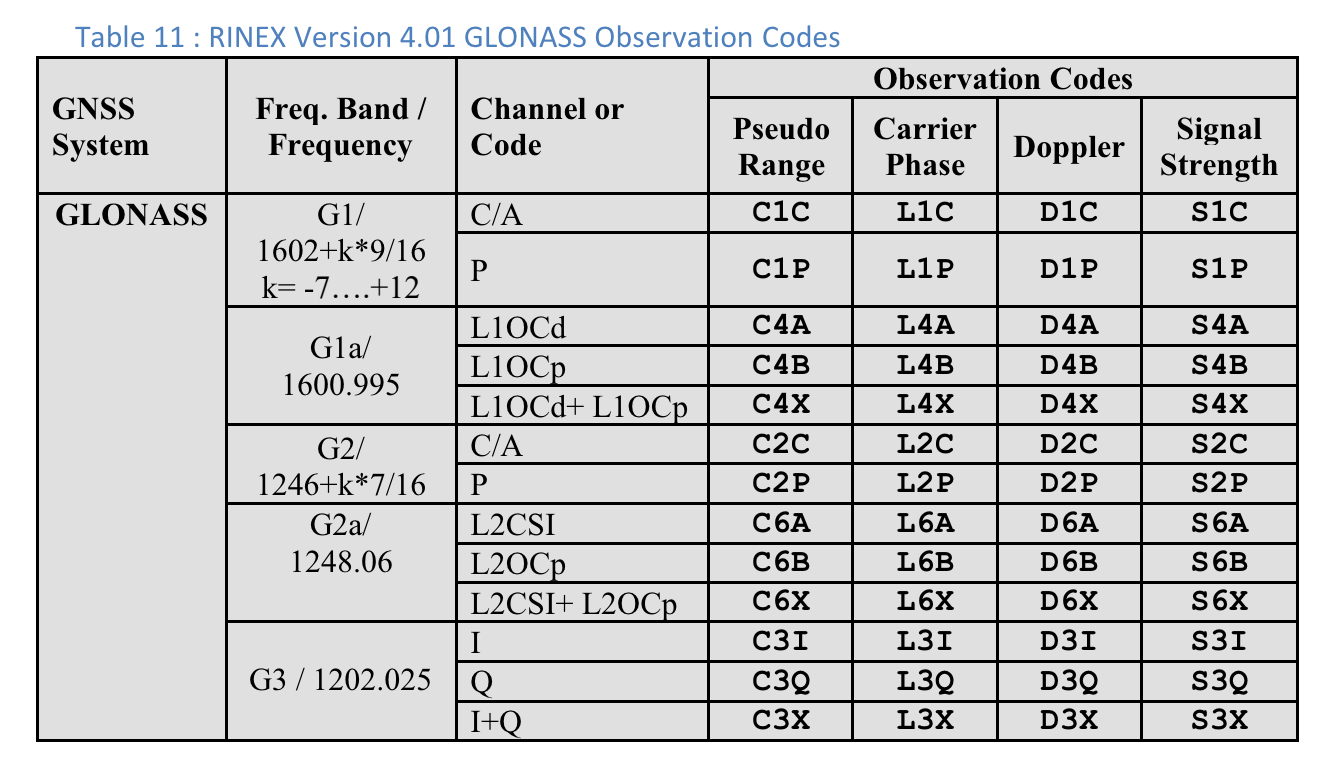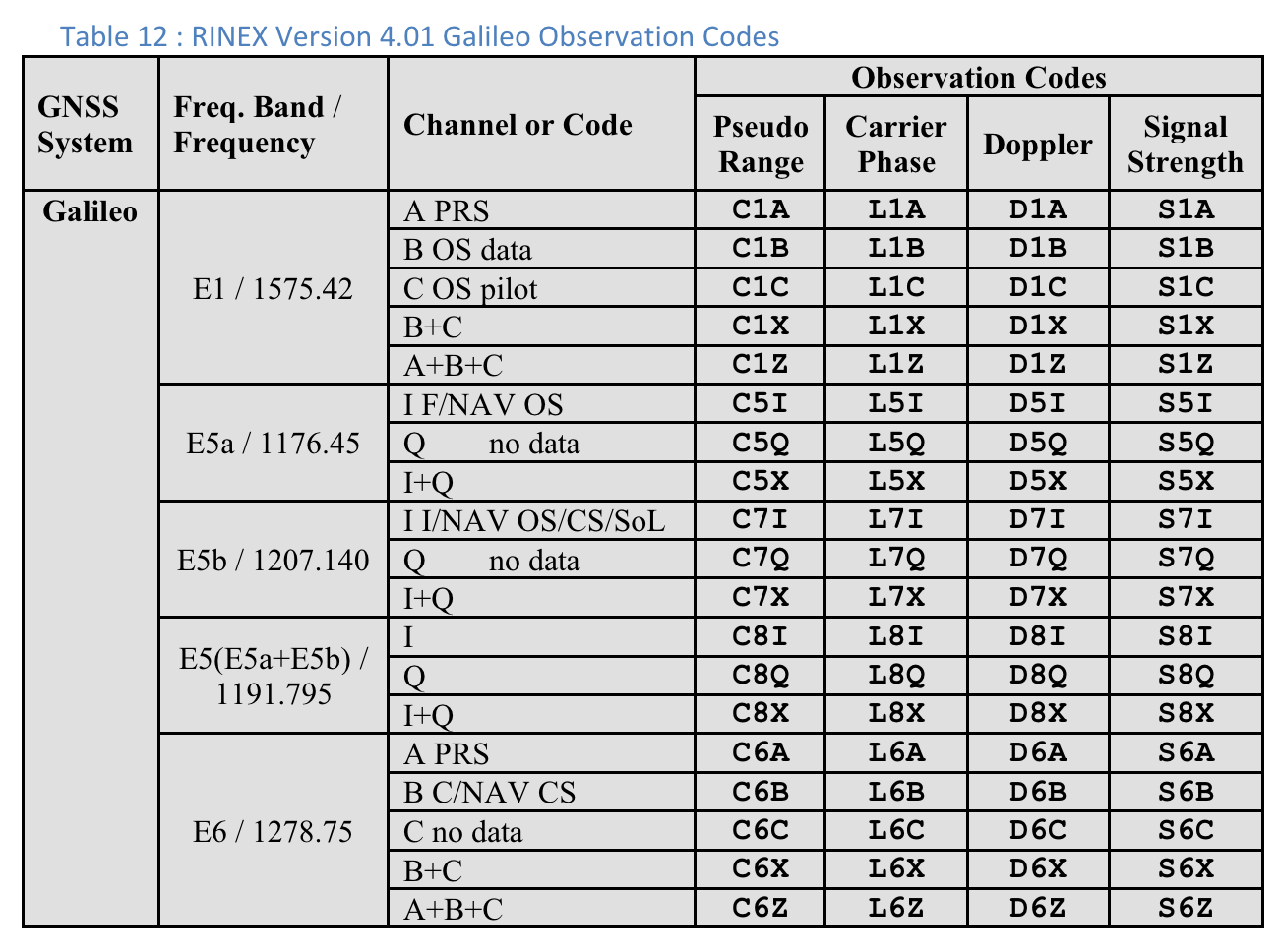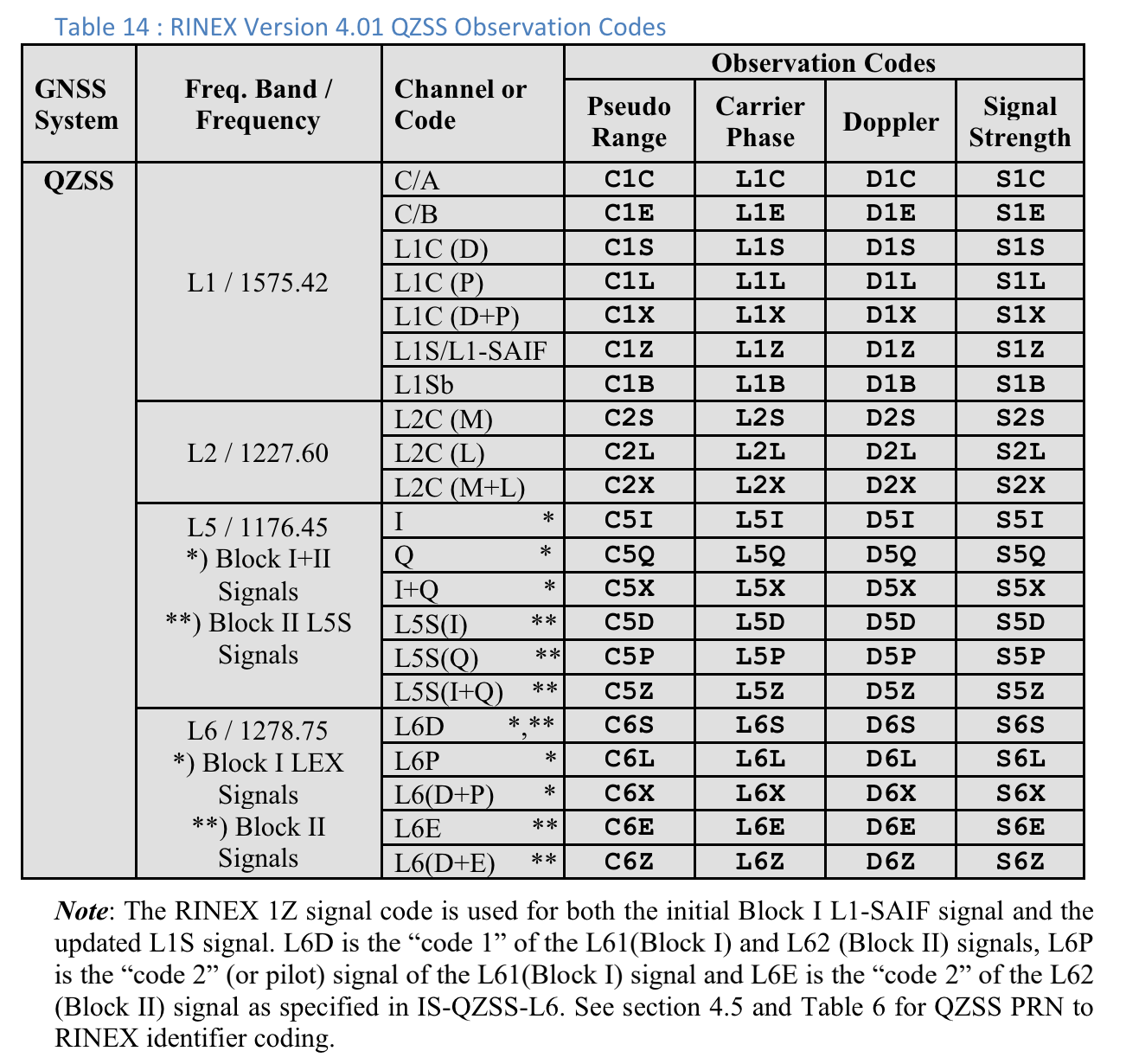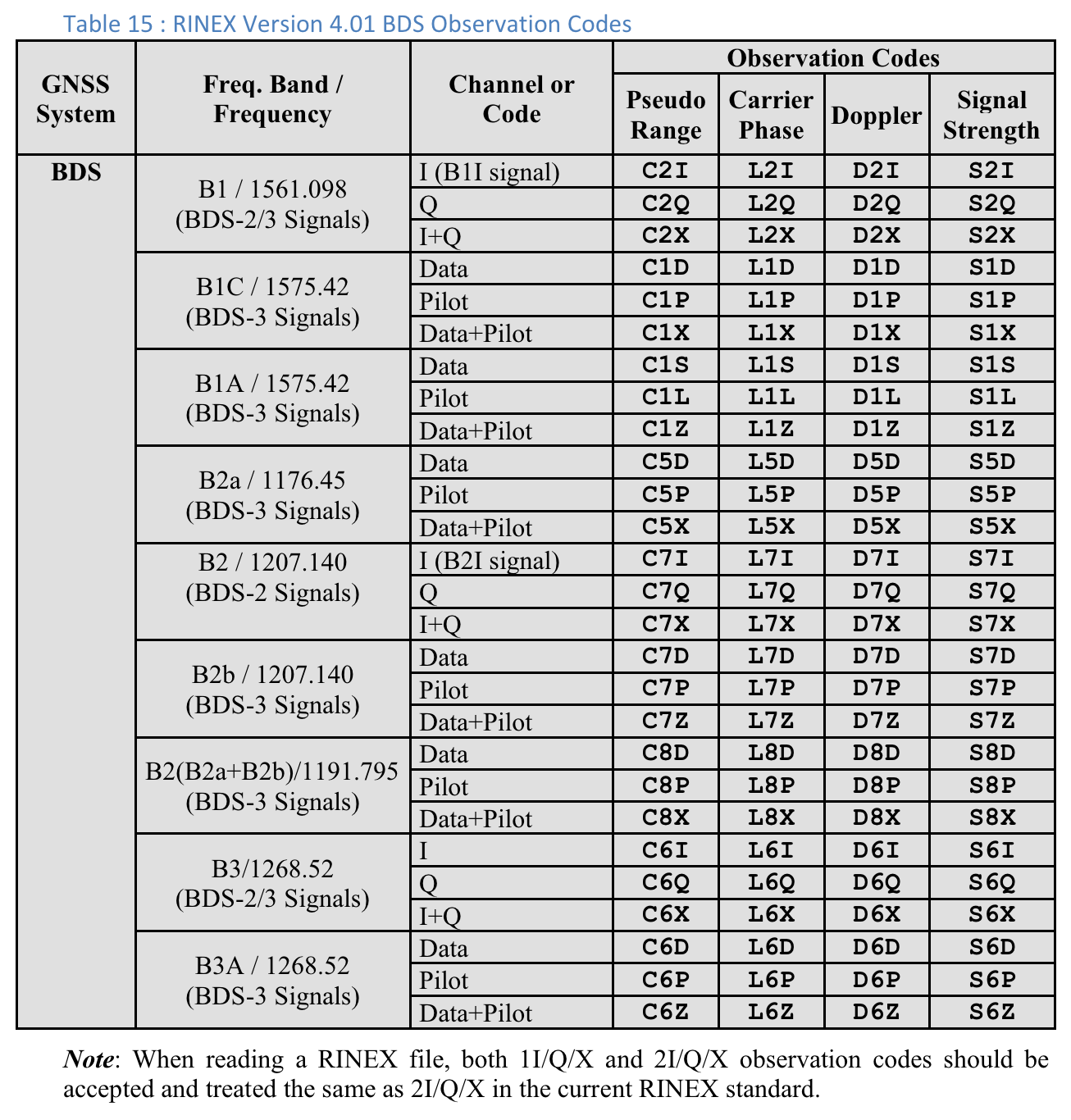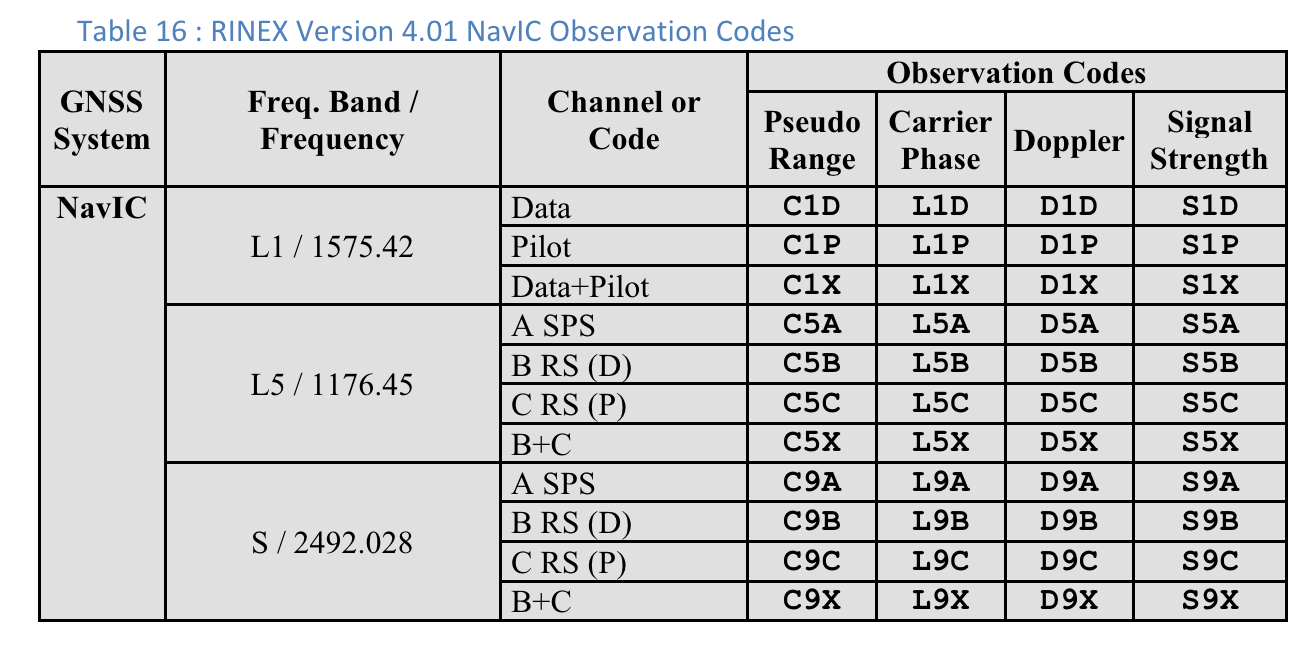בגרסה 3.1 של GnssLogger, המשתמשים יכולים להציג ולנתח נתוני GNSS גולמיים במסך Measurements.
זהו המסך מדידות, ואחריו כמה טיפים וטריקים שיעזרו לכם להפיק את המקסימום מהנתונים האלה:
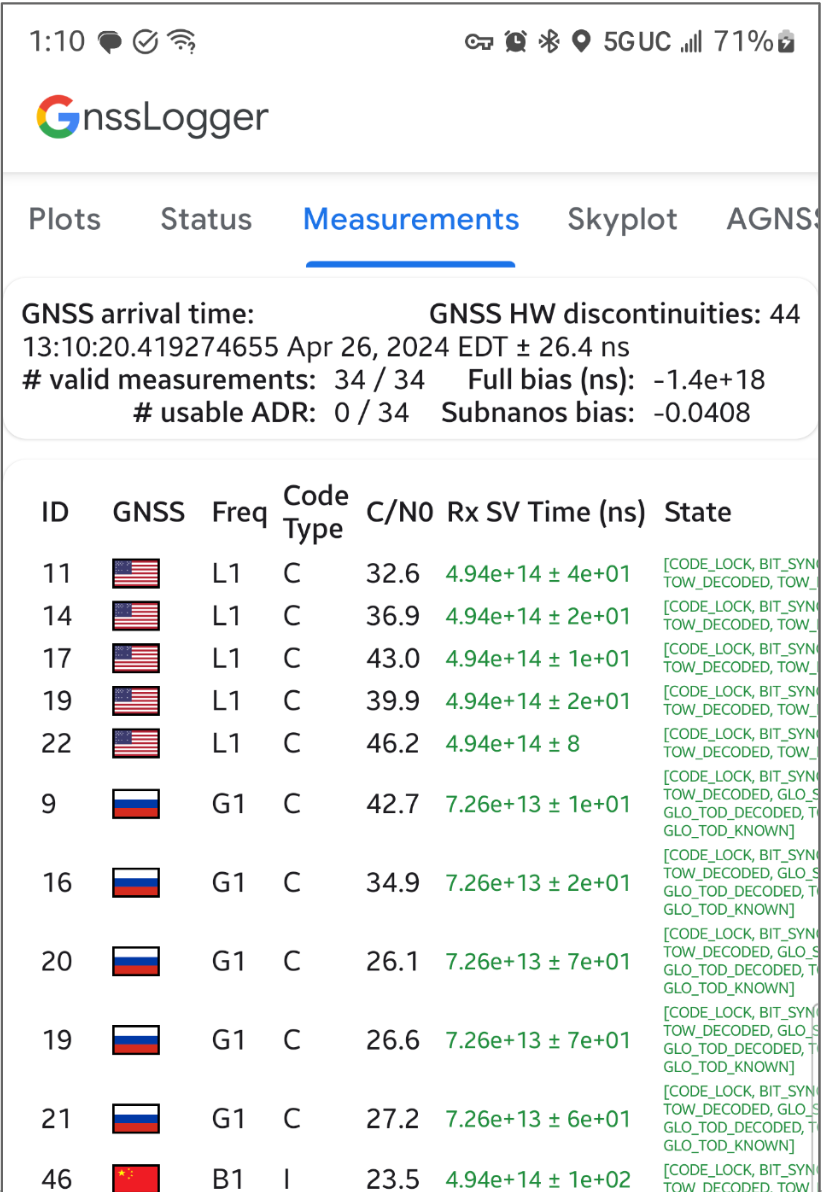
בכרטיס העליון:
- בפינה הימנית העליונה מוצגים נתוני השעון של GNSS (שתואם ל-
GnssClock). - בפינה השמאלית העליונה מוצג מספר ההפרעות בחומרה (HW) של GNSS (מ-
GnssClock.getHardwareClockDiscontinuityCount), שעוזר לקבוע אם מחזור העבודה מופעל או מושבת. כשהמכשיר הזה מוסיף לספירה, המשמעות היא שהיה שיבוש בתצפית המתמשכת של אותות GNSS (למשל, מחזור העבודה מופעל). בהמשך הכרטיס מוצג מידע מצטבר לגבי כל המדידות:- # valid measurements — כדי שמדידה תחשב כתקינה, צריך להגדיר את הדגלים
STATE_CODE_LOCKו-STATE_TOW_KNOWNאו את הדגלSTATE_TOW_DECODEDב-GnssMeasurement.getState. - # usable accumulated delta range (ADR) — For ADR, או שלב הגל, כדי להיחשב כשימושי למיקום, צריך להגדיר את הדגל
ADR_STATE_VALIDואי אפשר להגדיר את הדגליםADR_STATE_RESETאוADR_STATE_CYCLE_SLIPב-GnssMeasurement.getAccumulatedDeltaRangeState.
- # valid measurements — כדי שמדידה תחשב כתקינה, צריך להגדיר את הדגלים
אם המכשיר תמיד מדווח על 0 ADR שאפשר להשתמש בהם, גם כשהוא בשמיים פתוחים והפעלת מחזור תפקידים מושבתת, סימן שהוא לא תומך במדידות של שלב נושא שאפשר להשתמש בהן ל-GNSS עם דיוק גבוה.
בכרטיס התחתון, כל שורה מייצגת GnssMeasurement ספציפי.
- בעמודה Code type מוצג הסוג המדויק של אותות ה-GNSS באמצעות סוגי הקודים שמוגדרים ב-RINEX 4.01. לדוגמה, אותות GPS L1 עם סוג קוד 'C' מייצגים L1 C/A, כפי שמצוין באות האחרונה בקוד של שלושת התווים בטבלאות RINEX. באופן דומה, ל-GPS L5 Q יהיה סוג קוד 'Q'. לקבלת מידע נוסף, אפשר לעיין בטבלאות של קבוצות אחרות של לווייני GNSS שבסוף המסמך.
- בעמודה Rx SV Time (ns), הטקסט ירוק אם המדידה תקינה.
- בעמודת המצב, המצב גם ירוק אם המדידה תקינה. השדה State מציג גרסה קריאת לבני אדם של הדגלים הבינאריים שמוגדרים בשדה GnssMeasurement.getState().
תוכלו לשלוח משוב על תכונות חדשות באתר הציבורי למעקב אחר בעיות.
טבלה 10 : קודי תצפיות GPS של RINEX בגרסה 4.01
בכל מדידה, הערך שמוצג בשדה 'סוג הקוד' הוא האות האחרונה של הערך 'Pseudo Range' שמוגדר במפרט RINEX 4.01 עבור מערכת ה-GNSS הרלוונטית ותדר הגל הנושא. לדוגמה, האות 'C' משמש ל-GPS L1 [C/A], והאות 'Q' משמש ל-GPS L5 Q.
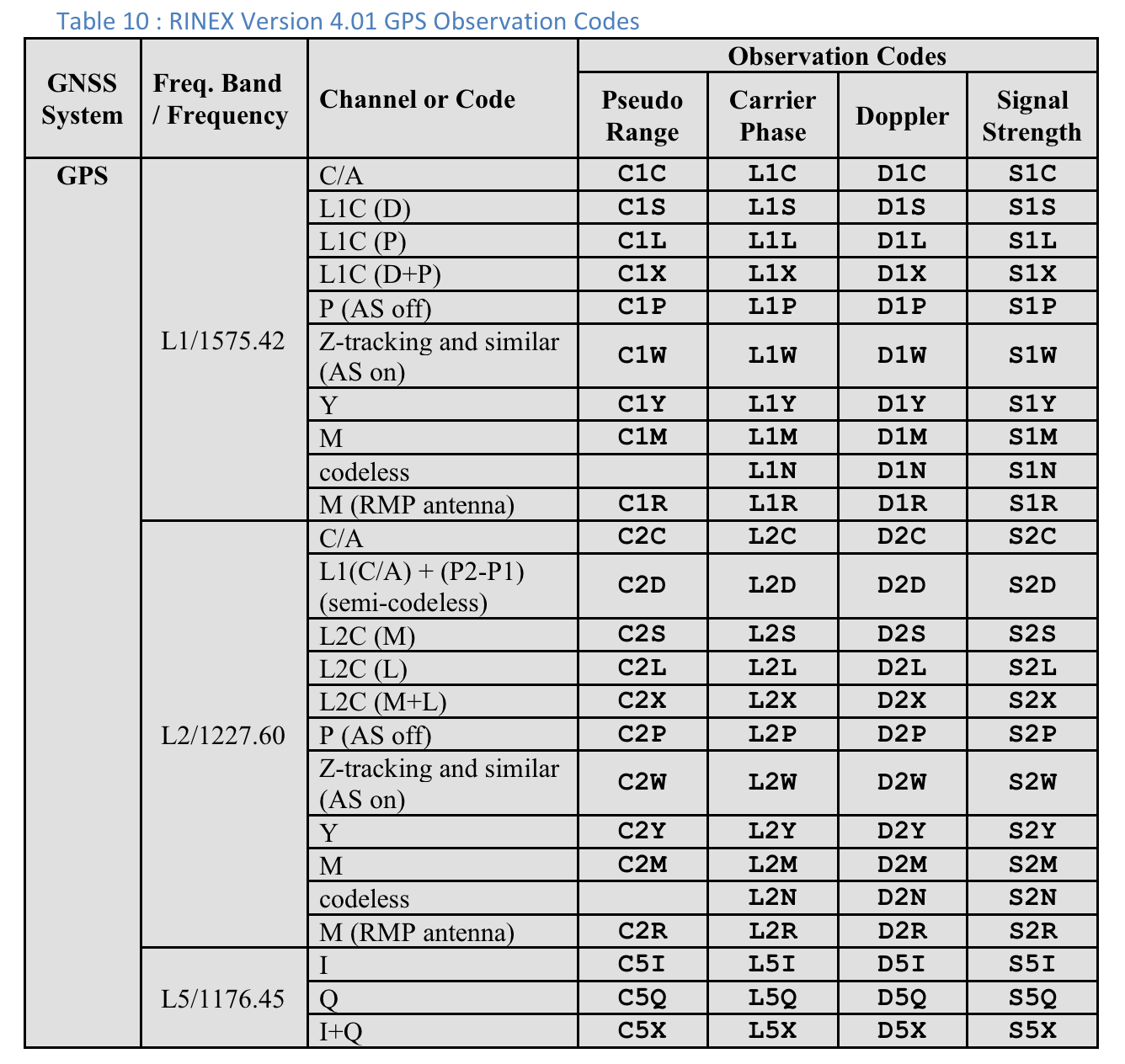
המשתמשים יכולים לגלול ימינה כדי לראות עמודות נוספות לכל מדידה:
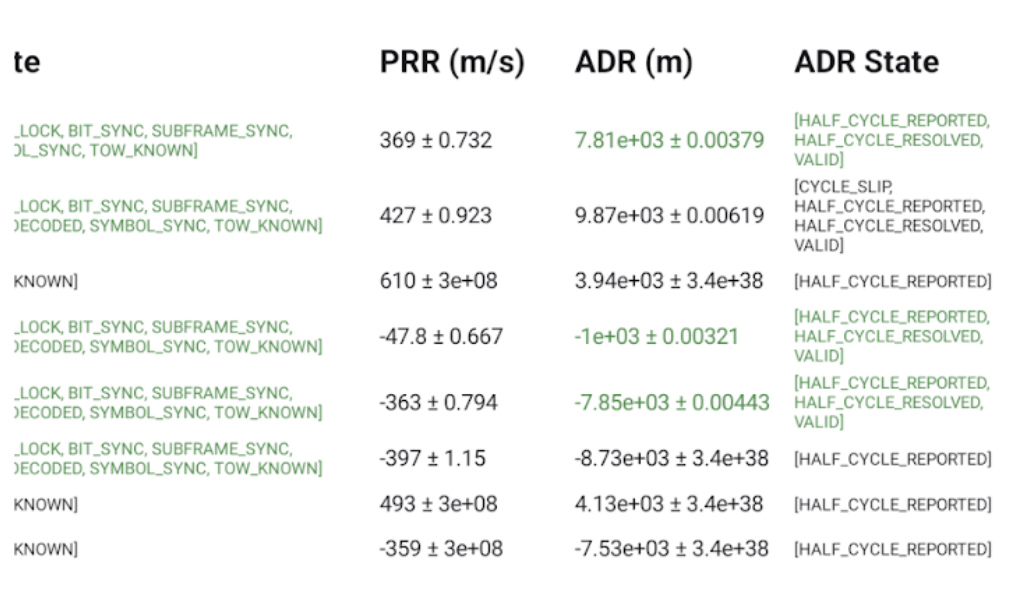
- PRR הוא קצב טווח פסאודו במטרים לשנייה מ-GnssMeasurement.getPseudorangeRateMetersPerSecond()
- בעמודה ADR State מוצגת הגרסה שניתנת לקריאה על ידי בני אדם של הדגלים הבינאריים שמוגדרים בעמודה GnssMeasurement.getAccumulatedDeltaRangeState(). אם אפשר להשתמש ב-ADR לצורך מיקום, הטקסט בשדות ADR (m) ו-ADR State יהיה ירוק.
קודי תצפית של RINEX 4.01
האות האחרונה מתוך שלוש האותיות בקודים של תצפיות RINEX בעמודה Pseudo Range היא הערך של Code type שמוצג במסך Measurements ב-GnssLogger.
לשם נוחות, ריכזנו כאן טבלאות ממפרט RINEX 4.01. פרטים נוספים זמינים במפרט המלא.

